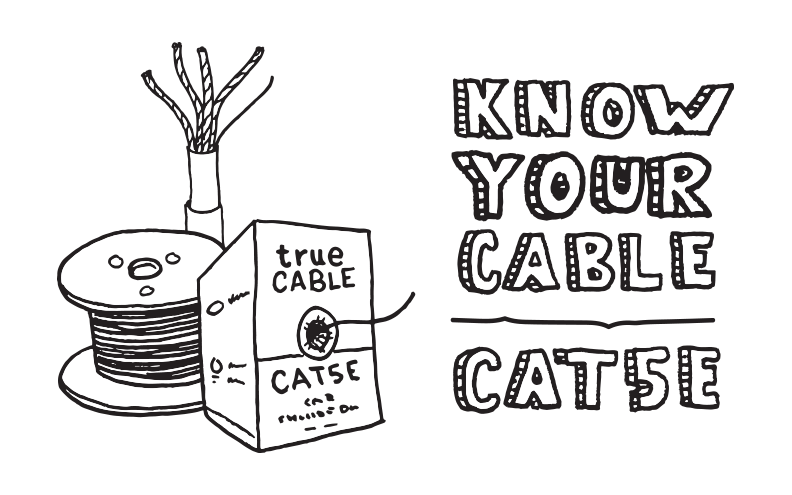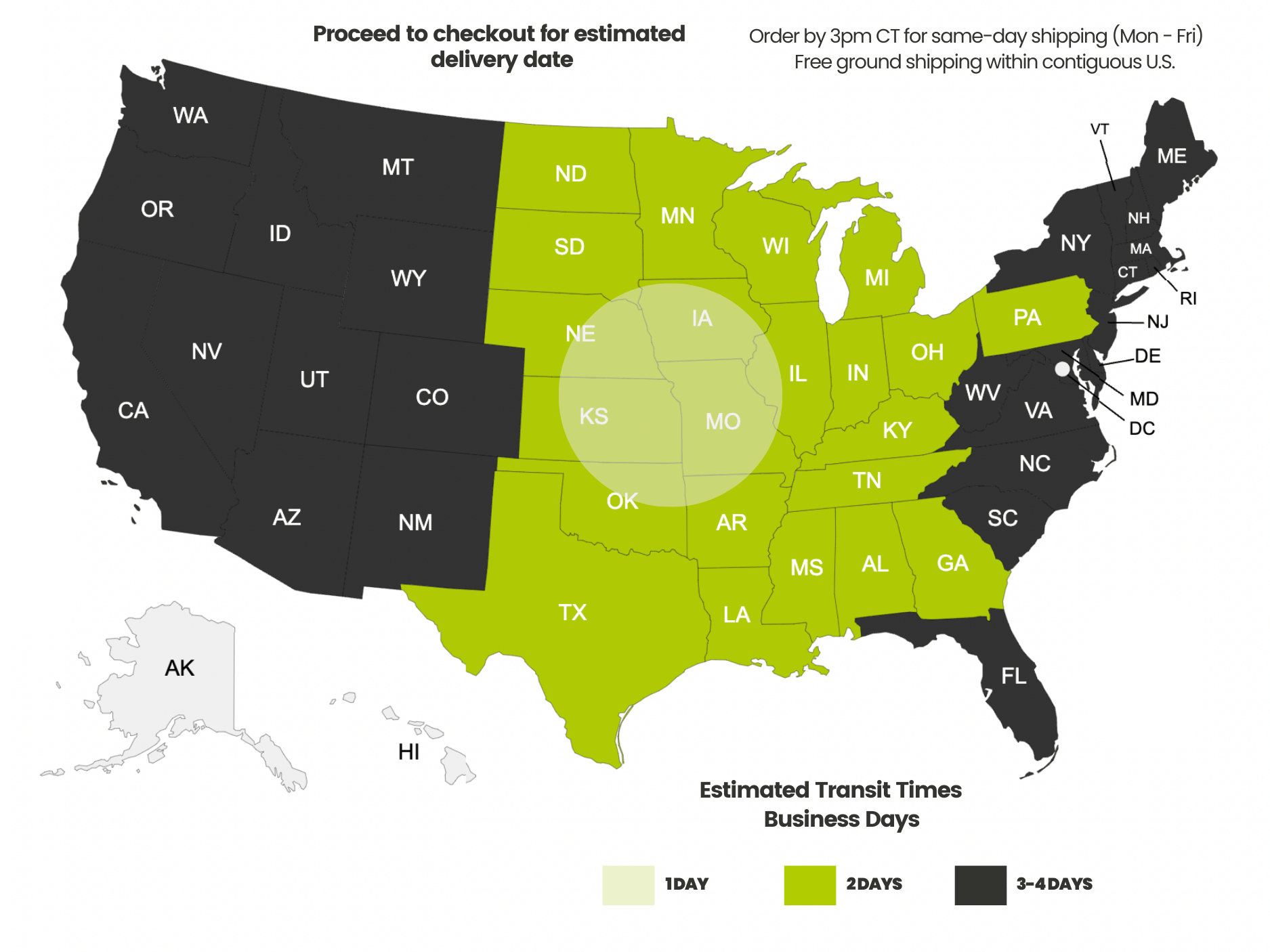Payment methods accepted

Cat5e Ethernet Cable, Know Which Ethernet Cables to Buy for Your Application
Written by Rita Mailheau, Information Security & Technology Writer
Technology is becoming more sophisticated. Knowing which Ethernet cable to buy can simplify achieving a successful outcome. To help you navigate upcoming technology advancements, trueCABLE is doing this three-part series comparing the characteristics of Cat5e, Cat6 and Cat6A Ethernet cable. We’re weighing performance versus cost to help you identify your best investment for the near future. We have created the ultimate guide to Cat5e Ethernet cables.
What applications run on Cat5e Ethernet cables?
There’s no denying that the price point for Cat5e Ethernet cable is very attractive, and it’s ideal for applications like audio, standard data transfer and basic in-home networks. For buyers looking to install applications such as wireless systems, home stereo speakers or security systems, Cat5e is a great option. It’s also appropriate for light business deployments like small remote networks and kiosks.
How Cat5e is different from regular Cat5
While Cat5 Ethernet cable supports speeds up to 100 megabits per second, Cat5e supports networks up to 1 gigabit (1000 megabits per second). Another differentiator from plain Cat5, Cat5e comes in shielded varieties, reducing noise. It should be noted that Cat5 Ethernet cable was deprecated last century and ANSI/TIA no longer recognizes this Category. Any new deployments should use Cat5e or higher.
How Cat5e is different from Cat6
What is a Cat5e cable? Cat5e uses 4 twisted copper pairs per cable, which is the same for Cat6. The difference is that Cat6 cables have more stringent performance specifications in terms of crosstalk requirements and operating frequency. ANSI/TIA specifies that Cat6 cables shall support a frequency of 250MHz, while the Cat5e specification is 100 MHz. The primary benefits of the increased specifications for Cat6 are better 1 Gigabit performance to 328 feet and support for 10 Gigabit networking in runs of 165 feet or less.
In short, Cat5e is considered by many to be merely adequate for 1 gigabit networking...not performing like a superstar. At 1 Gigabit, Cat6 is a superstar.
Cost per foot
The next thing to analyze is a Cat5e’s cable cost per foot. The price you pay for Cat5e cable depends on several things. Shielding is more expensive but opens the possibilities for a broader range of deployments. Bulk quantities are also budget friendly. Both shielded and unshielded Cat5e cable come in every type of jacket rating. NOTE: use the handy search filter to the left on each of the Ethernet cable collection pages for a quick search.
Outdoor rated (direct burial) Cat5e Ethernet cable has no fire resistance but is designed for outdoor deployment. The PE jacket provides UV protection, and is much more water and severe weather resistant. Unshielded costs $164.99 while shielded is $189.99 for a 1,000-foot spool.
Riser rated Cat5e Ethernet cable has some fire resistance and is designed to be used between the floors of buildings (not plenum spaces) and can run about $189.99 per 1,000 feet for shielded. Unshielded is $119.99 per 1,000 feet.
Plenum rated Cat5e Ethernet cable is more fire resistant and designed to be used in the plenum spaces of buildings due to low toxicity smoke emitted if it actually burns. Shielded runs $299.99 per 1,000 feet and unshielded, $109.99.
Recommended RJ45 plugs
To take full advantage of the benefits of shielded cable, be sure to use shielded RJ45 connectors. The entire length of your cable installation is otherwise vulnerable to electromagnetic interference (EMI), including the ends. To learn more about selecting the correct connector for your installation and other valuable information, check out the trueCABLE Cable Academy page.
Maximum supported bandwidth at a given distance
Cat5e (802.3bz IEEE) can run up to 2.5Gbps standard for up to 100 meters, and Cat6 can run up to 5Gbps when deploying NBASE-T switching technologies. Both Cat5e and Cat6 will run at 1 gigabit at 328 feet without NBASE-T technology. For shorter distance runs, Cat6 can support up to 10 gigabit up to 165 feet, typically in environments where massive data transfer is required like hospitals, school districts and data centers.
Shielding terminology
The following acronyms are used to identify common types of Ethernet cable:
U/UTP = Unshielded completely
F/UTP = Overall foil shield, individual twisted pairs unshielded
S/FTP = Overall screen braid shield, individual twisted pairs are foil shielded
U/FTP = Unshielded overall, but individual twisted pairs are foil shielded
SF/FTP = Overall screen braid AND foil shield, plus individual twisted pairs are foil shielded
Common bulk lengths sold (boxes versus reels)
Cat5e Ethernet cable may be purchased in lengths of 1,000 and 500 feet in either spools or boxes.
There are several things you need to know when buying Ethernet cables; luckily, you can browse our website to learn more.
Read the other articles in this series:
Cat6 Ethernet Cable, Which Ethernet Cables to Buy for Your Application
Cat6A Ethernet Cable, Know Which Ethernet Cables to Buy for Your Application
trueCABLE presents the information on our website, including the “Cable Academy” blog and live chat support, as a service to our customers and other visitors to our website subject to our website terms and conditions. While the information on this website is about data networking and electrical issues, it is not professional advice and any reliance on such material is at your own risk.



























